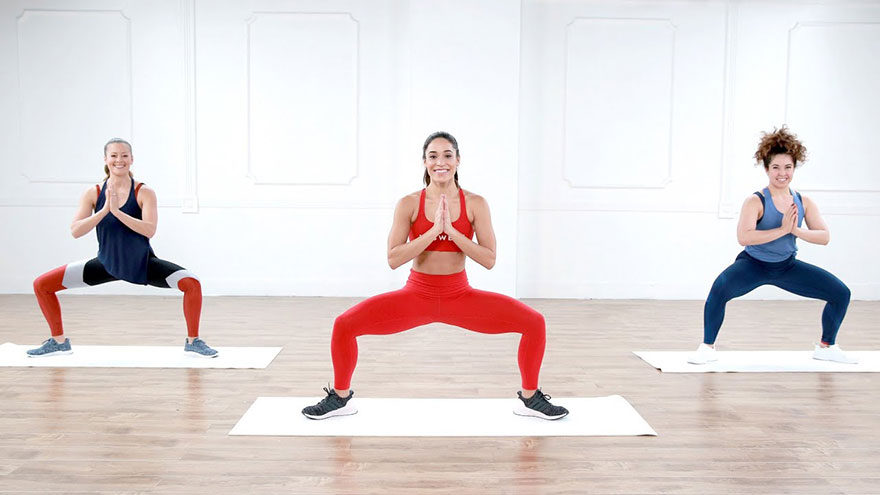HIIT Versus Aerobics
HIIT and aerobics are the two main ways you can perform cardiovascular exercise. “HIIT” stands for “high intensity interval training” and involves changing your intensity levels frequently during a session, whereas during aerobic training, you work at a steady pace. The main difference between the two is the energy systems they work. Aerobic training works your aerobic system, which relies on oxygen for fuel.
HIIT works your aerobic system too, but also your anaerobic system, meaning you also need to use glycogen and adenosine tri-phosphate, which puts you into an oxygen debt. Quite simply, HIIT makes you work harder, burns more calories, gives bigger boosts in fitness and elevates your metabolism.

HIIT Guidelines
Athletes and everyday exercisers alike can benefit from HIIT training, according to the American Council on Exercise. There’s no one single way to perform an interval session, though generally you’ll start with a three-to-five-minute warmup, then base your session around an exertion level scale.
On a scale of one to 10, one would be equivalent to the energy you’d need to sit down on the couch, five would be a fast walk and 10 would be an all-out maximum effort. After your warmup, work at at least a level seven for 30 seconds to three minutes before dropping your pace to around an effort-level five. Your recovery periods should be at least as long as your sprint periods, if not longer.
A typical HIIT workout might include eight intervals of one minute with two minutes’ recovery time between each. Perform one or two HIIT sessions per week. You can use any cardio machine at your gym, sprint at the park, run around a track or up hills, or even perform body-weight cardio moves such as jumping rope or burpees.
Aerobics
Aerobic training, also known as steady-state cardio, is different and slightly more straightforward. You simply need to work at the same moderate intensity for a sustained period of time. This could be anywhere from around 15 minutes to several hours if you’re an endurance athlete, though the U.S. Department of Health and Human Services recommends a minimum of 150 minutes of moderate-intensity aerobics every week, increasing this time as you get fitter.
Steady state can be any form of traditional cardio such as jogging or even fast walking, cycling, swimming or hiking. For longer sessions of over at hour, stick to around a level four to six, or six to seven for shorter sessions.
Benefits
In most cases, HIIT is the better choice for you cardio training, according to Micah Zuhl of the IDEA Health and Fitness Association. HIIT improves your fitness, burns more fat and raises your post-workout calorie burn more than steady aerobic training does.
You’ll still get these benefits with aerobics but to a lesser extent. HIIT also has more practical carryover if you’re an athlete, as most games involve short bursts of speed followed by longer recovery periods.
Safety
As with any intense form of exercise, you are at a slightly higher risk of injury performing HIIT, according to the Amercian Council on Exercise, so you should focus on training safely. Even as a beginner you can perform interval training, though you may wish to opt for low-impact forms of cardio, such as swimming or the elliptical over sprinting.
Performing too much HIIT can be harmful, claims personal trainer Chris Martinez. Your body won’t be able to recover and your sessions will suffer. Mixing both aerobics and HIIT is the most effective and safest path to take.
You Might Also Like :: Types of Aerobics Dance Exercise Classes

